Animal Camo: Can You Find the Animals Hiding Out in These Images?
Countdowns
published
Invisible trio
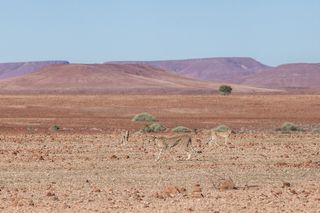
Dainty cleaners
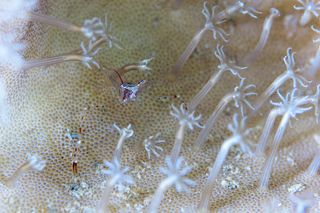
Where's the intruder?
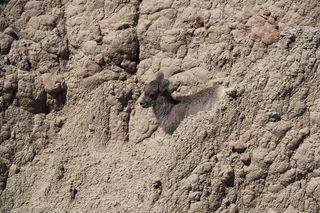
My, what nice eyes!
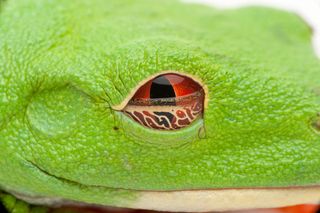
Don't move
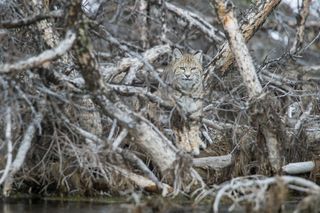
Just a twig

Carrying Camouflage
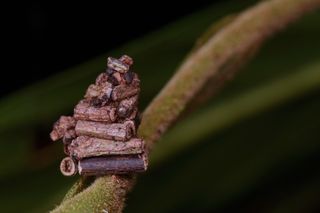
Cleaning stations

Hiding on fences

Leave me alone

Desert hide-n-seek
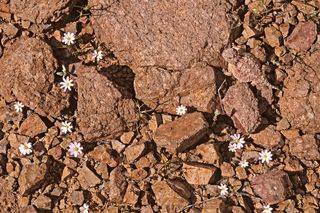
Sign up for the Live Science daily newsletter now
Get the world’s most fascinating discoveries delivered straight to your inbox.

Live Science Editor-in-Chief
Jeanna served as editor-in-chief of Live Science. Previously, she was an assistant editor at Scholastic's Science World magazine. Jeanna has an English degree from Salisbury University, a master's degree in biogeochemistry and environmental sciences from the University of Maryland, and a graduate science journalism degree from New York University. She has worked as a biologist in Florida, where she monitored wetlands and did field surveys for endangered species. She also received an ocean sciences journalism fellowship from Woods Hole Oceanographic Institution.
